Misinformation abounds in the internet age, and the realm of cleaning is not immune. We’ve all tried those hacks that proved an epic fail (in fact, I recently busted some common cleaning hacks). And what about Grandma’s tips and tricks—not all seem to translate to the modern day. There are cleaning concepts new and old that are simply not true, and this page outlines five of the most common misconceptions. We bet you’ve been living by one, or even all, of these myths!
Myth 1: Disinfecting & Cleaning Are The Same Thing
Cleaning and disinfecting are not the same thing. Cleaning is a way to remove dirt and grime at a surface level to prevent the spreading of bacteria and diseases. Disinfecting makes a surface free and clear of all microscopic organisms by killing things like bacteria, viruses, and fungi, which can lead to infections or diseases. The two go hand-in-hand: The more debris that are removed at the cleaning stage, the better your disinfectant will be able to do its job.
One odd pair that confuses the issue is bleach and vinegar. Both are seen as “super” cleaners and they are indeed powerful, but they don’t perform the same jobs. Bleach is a disinfectant, plain and simple. This means that it helps to kill bacteria and other viruses on a surface. What bleach does not do is clean, so if you are looking to disinfect an area, you should clean it first. On the other hand, while vinegar is acidic enough to kill off some bacteria, it does not qualify as a proper disinfectant. Vinegar’s main capabilities are cleaning and deodorizing (just keep vinegar off hardwood, as it can dull the finish, and steer clear of porous surfaces like stone and unsealed grout, which it can damage).
Learn more about Cleaning & Disinfecting!
Myth 2: Always Vacuum First
Unless your floors are so dirty that the thought of walking over them sends chills down your spine, you should in fact always vacuum last. Let’s call a spade a spade: Vacuuming is sort of a time suck. But though it may be tempting to get the most time-consuming task done first, vacuuming first will only suck up more of your precious time in the long run. Cleaning best practices dictate a top-down approach—start at the highest point and work your way toward the floor—and that’s because as you dust and wipe down furniture, dust, hair, and other particles will fall and collect on the ground. Then you’d just have to vacuum all over again!
Did you know? Regular vacuuming helps your carpet last longer. Dirt and grit are abrasive and when they get ground into the carpet, they can ruin carpet fibers.
Myth 3: Use Furniture Polish Every Time You Dust
While it’s true that wooden furniture looks healthy and new with a fresh coat of furniture polish, it’s not something you should be using every week or even month. Furniture polish tends to create a sticky film that attracts dust, so including it in your dusting routine is actually counterintuitive. For your regular cleaning routine, it is best to remove dust with a microfiber cloth—and nothing more. Our best advice is to use what is recommended by the furniture manufacturer and use it sparingly.
If you’re looking for quality micfrofiber cloths that will last, then you have to check out Maker’s Clean Premium Cloth Bundle!
Myth 4: If It Smells Good, It’s Clean
It’s been proven that scented and unscented versions of the same product clean equally well. So why do we assume a surface is cleansed because it smells good? The sweet smell of pine or lavender comes from the chemicals or natural oils in the product you’re using, not the cleanliness of the surface. The best way to know something is clean is to do the touch test. If it feels clean and looks clean, chances are you have sufficiently removed dirt and grime from the surface.
Myth 5: More Is Better
We know how tempting it can be to add more “cleaning power” for a bigger job. But when you can’t rinse all that excess soap away, it’s going to leave a sticky film that attracts more dirt and grime. So you’ll get better results by following the directions on the label for the proper amount of soap or cleaner. Extra isn’t always better—the only thing you need more of is a little elbow grease. So roll up those sleeves, get your trusty rubber gloves on, and get to work!
Make sure to check out our E-Book Bundle! It comprises 3 amazing e-books that will help you take your cleaning game to the next level.
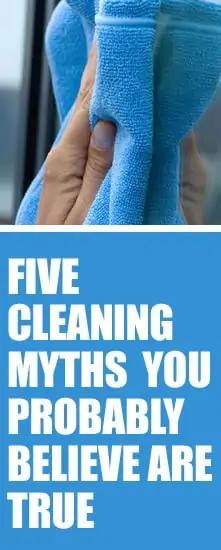
Looking for a BETTER & EASIER Way to Clean Your Home?
Cleaning Expert Melissa Maker is here to help with her game-changing 3 Wave Cleaning System that will help you clean your house faster and easier than you ever thought possible!


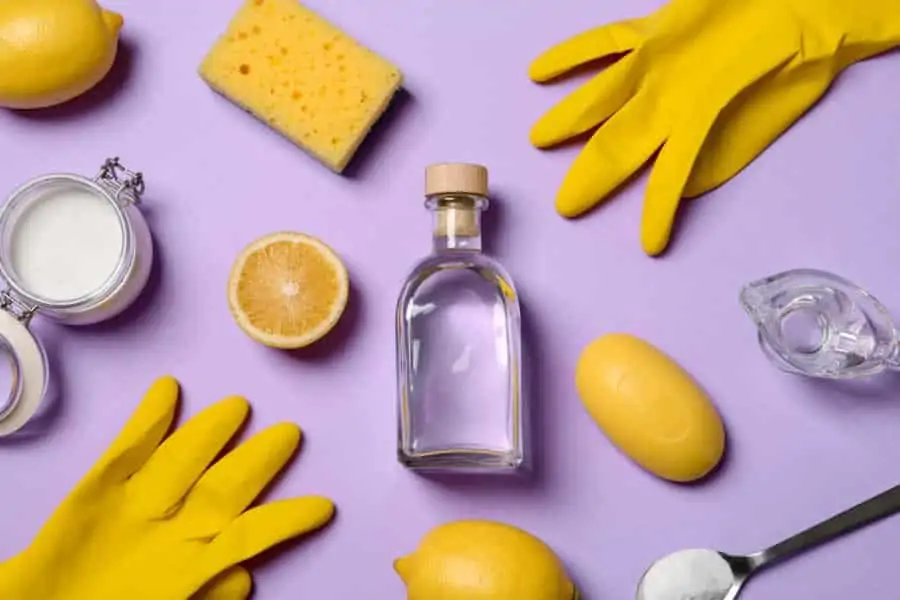


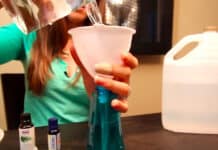








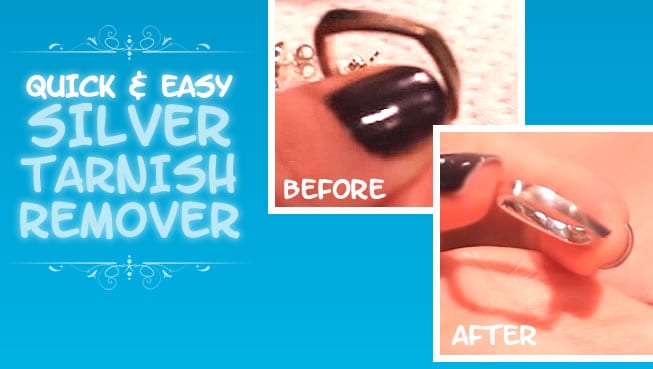


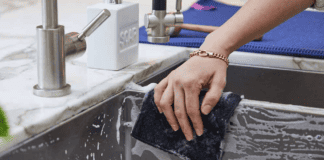
[…] in the event you have a tendency to scrub in chilly water as an alternative of sizzling (which disinfects). I like to recommend you clear them each month or so. Should you select to stretch that, simply […]
Excellent post Melissa. Couldn’t agree more.
The cherry on top then would be that just like everything we engage, water has the potential to act as a placebo for soap, though I miss the bubbles myself.
I believe oil-finished and unsealed woods (not painted), occasionally, needs to be “fed” with something like lemon oil or it can dry out and crack. I have several antiques that just “drink” up lemon oil. One thing to remember when useing lemon oil is to go sparingly with the oil and don’t put items back on top too soon or you may have something like water spots. Let the oil penetrate into the wood (I wait a day…but that’s just me). I use Guardsman Furniture Lemon Oil on my fine wood pieces.
http://www.guardsman.com/en/furniture_care/wood_care_products/dust_clean_and_polish/lemon_oil.html
Great article Melissa.
~The info on disinfecting/cleaning is bang on!
~I always vacuum last….I figure that some dust & dirt fall when I’m cleaning, so why would I vacuum first. 🙂
~I damp dust with a microfibre cloth…haven’t used polish in years.
~Clean doesn’t have a smell! 🙂
~Don’t really use a lot of chemicals…so the more is better rule doesn’t really apply to me.
Thanks for the info
Well written article – good work 🙂